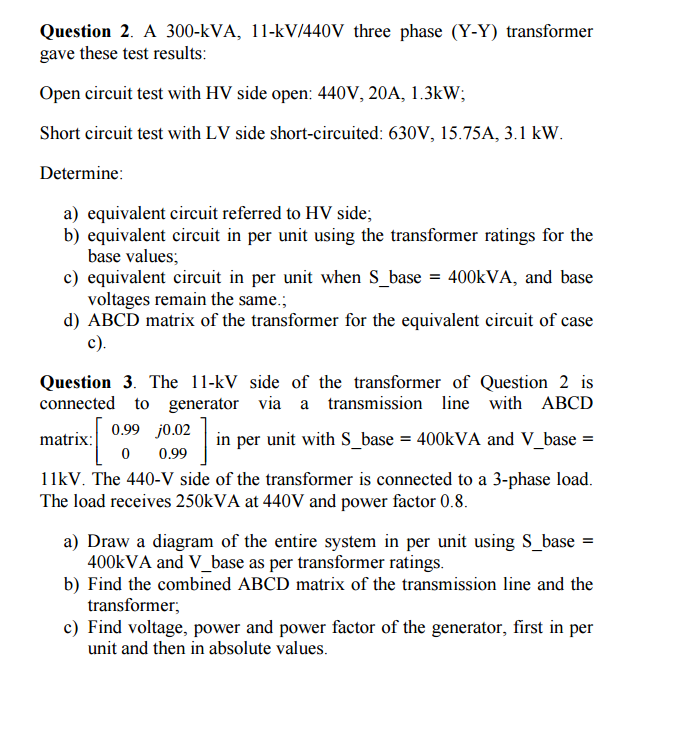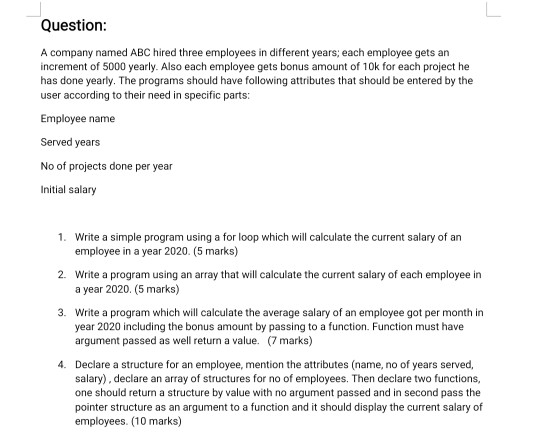
Problem 17.12 : please help!!
re of radius Ro 1.3 A3 fm. What would be the radius of a nucleus with the mass of Earth? Pressure can be defined as the rate of change of energy with volume, p dEav. Similarly, the surface ana- logue of pressure, surface tension, is defined as the rate of change of energy with surface area a, ơ aE/da at constant volume. Ignoring the effects of symmetry, 17.17 IT] Examine the derivation of Gamow's formula for Coulomb, and pairing energies, compute the surface tension of a nucleus as described by the empirical arameters of the SEMF. The surface tension acts to keep a nucleus spherical long, it would diffuse away into the atmosphere. Its half-life is 3.8 days, however, just right for caus- ing a great deal of human radiation exposure. Given this half-life, use Gamow's formula (17.30) to esti 17.8 the measured value. Comment on the accuracy of your decay lifetimes, and then derive the equivalent expres- sion for decay by emission of a (small) nucleus of charge z and mass number a. Assume a/A is small enough to ignore recoil. Make sure that the z and a dependences are explicit. Compare your result to an ar-decay lifetime with the same Q-value 17.9 Find the SEMF prediction for Zmin(A 200) from eq. (17.20). Find the actual value of Z that gives the greatest binding energy for A 200. How well does 17.18 Check that 'He is less tightly bound than 'H. Explain the SEMF do? expression for b(Z, A) with respect to Z at fixed A dicts that nuclei have positive binding energy up to why 3H decays to He, and not vice versa. 17.10 IT] Derive eq. (17.20) by differentiating the SEMF 17.19 IT] Verify the expressions for the Q-value in t-decay 17.11 IT] Check the assertion in the text that the SEMF pre- 17.20 Ignoring small electron bindin and electron capture, eq.(17.34). small mass of the neutrino, show that the mass of a nucleus increases when it decays by electron cap- ture if the Q-value of the decay is less than m.c 0.511 MeV. Verify that this is the case for the elec tron capture decay of the longest-lived isotope technetium: 17.12 IT] The maximum value of A for which nuclei are st ble against instantaneous fission can be estimated as follows. When a charged, spherical nucleus, 4Z, with surface tension is deformed into an ellipsoid leaving its volume constant, it is possible to compute the change in its binding energy as a function of deformation. The 97 is 17.21 97% of naturally occurring calcium is calcium-40. his may seem surprising, since if we use the semi-empirical mass formula to estimate the most sta- 20 2/3 ble nuclide with A 40 we find Z 18. This su where & measures the deformation (the ratio of major to minor axes is (1 + δ)3/2). Note the signs: the sur- face contribution tends to stabilize and the Coulomb contribution tends to destabilize the nucleus. Show that eq. (17.35) predicts that instantaneous fission occurs when Z2/A 49. The largest A nucleus observed so that #Ca might be unstable to electron capture, which would increase its N/Z ratio. Show that Ca cannot electron capture to tgK. Show, however, that it is possi- ble for Ca to capture two electrons at the same time, making 40Ar. Look up the information on the lifetime of 2Ca and comment on its value. Do we have to worry about exposure to radiation from decay of the Ca in far, 294[118], has Z2/A 47.4 17.13 Explain how to read from Figure 17.8 the Q-value for r bon 17.22 [H] When one of the naturally occurring radioac- tive heavy elements like 238U decays, a decay chain follows, leading to the creation of various unstable, radioactive descendant nuclides. Consider a sample known to be pure 238U at time zero. Suppose that none of its decay products migrate away from the original sample. Use the fact that the lifetime of the original nuclide, in this case 23SU, is much longer than the lifetimes of any of its descendants to show that a quasi equilibrium develops in which the amounts of 23 U and all of its descendant are steadily decreasing at a rate determined by the lifetime of 28U. Show that the ratio of the abundance of each descendant nuclide to the abundance of 23U is very nearly constant in time, and a-decay predicted by the SEMF 17.14 Show that the longest-lived isotope of radium, 2Ra, energetically allowed to decay by emission of a C nucleus. This decay has been observed with a probability of 3.2 x 10- 17.15 5U can decay by emitting a neon nucleus. How many such decays occur per second per mole of 235U? 17.16 Radon gas Rn is a serious environmental hazard (see $20). It is a decay product of 2%U, which is a tively common constituent of rock.Rn under- goes a-decay to 214Po. When 2Rn is created in the tion of a house, it diffuses out into the base airspace. If its lifetime were very short, it would ecay before getting out of the rock. If it were very 86






